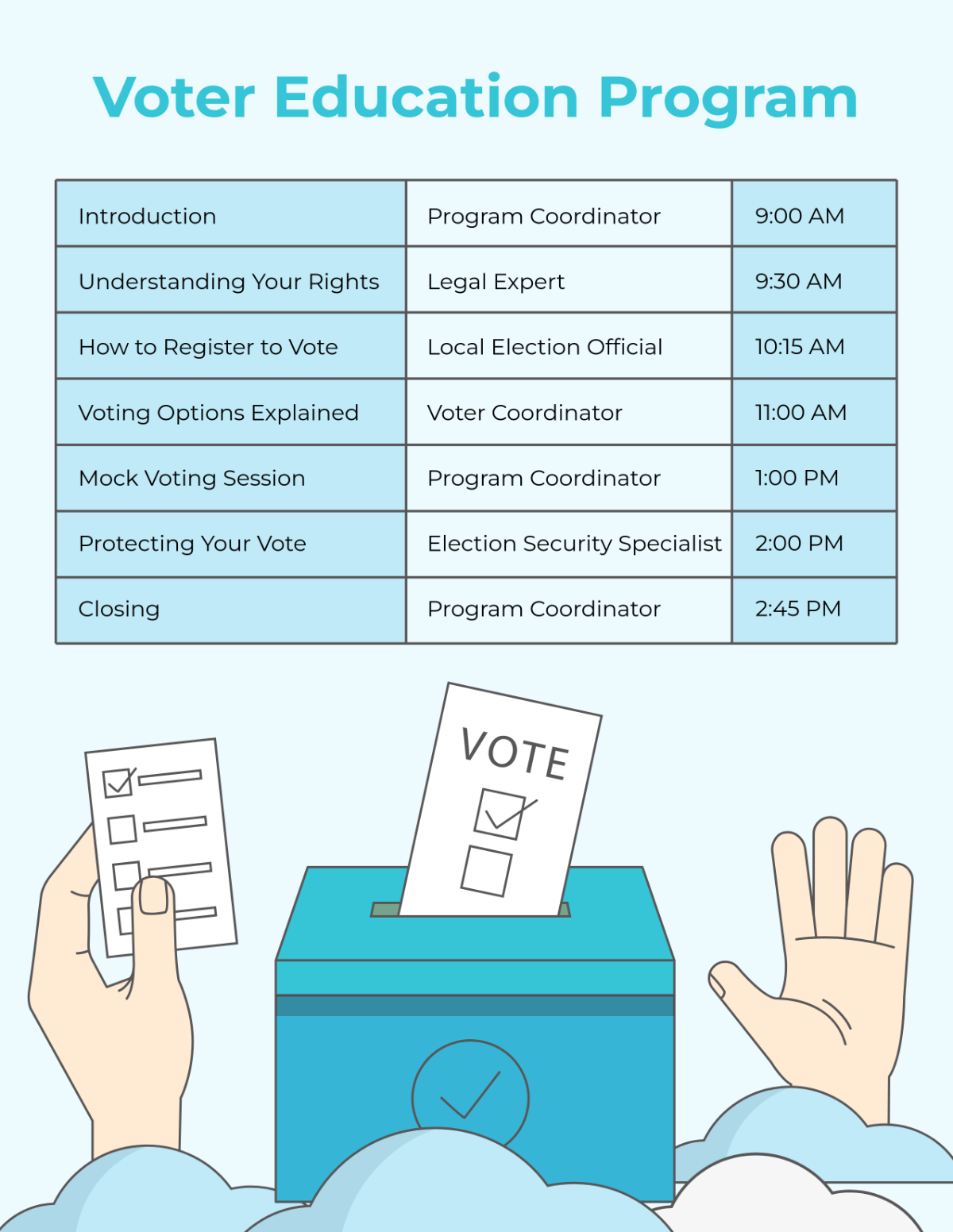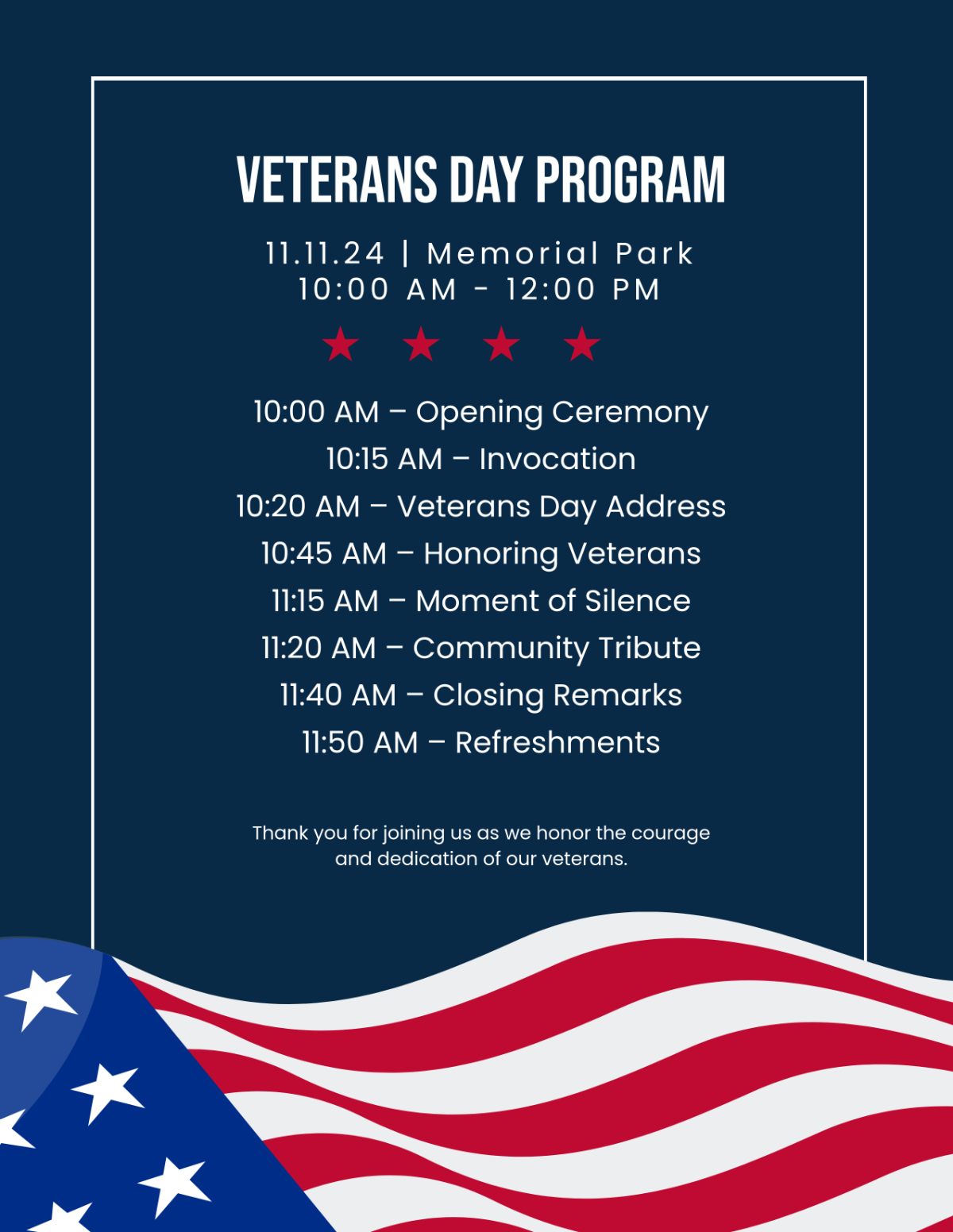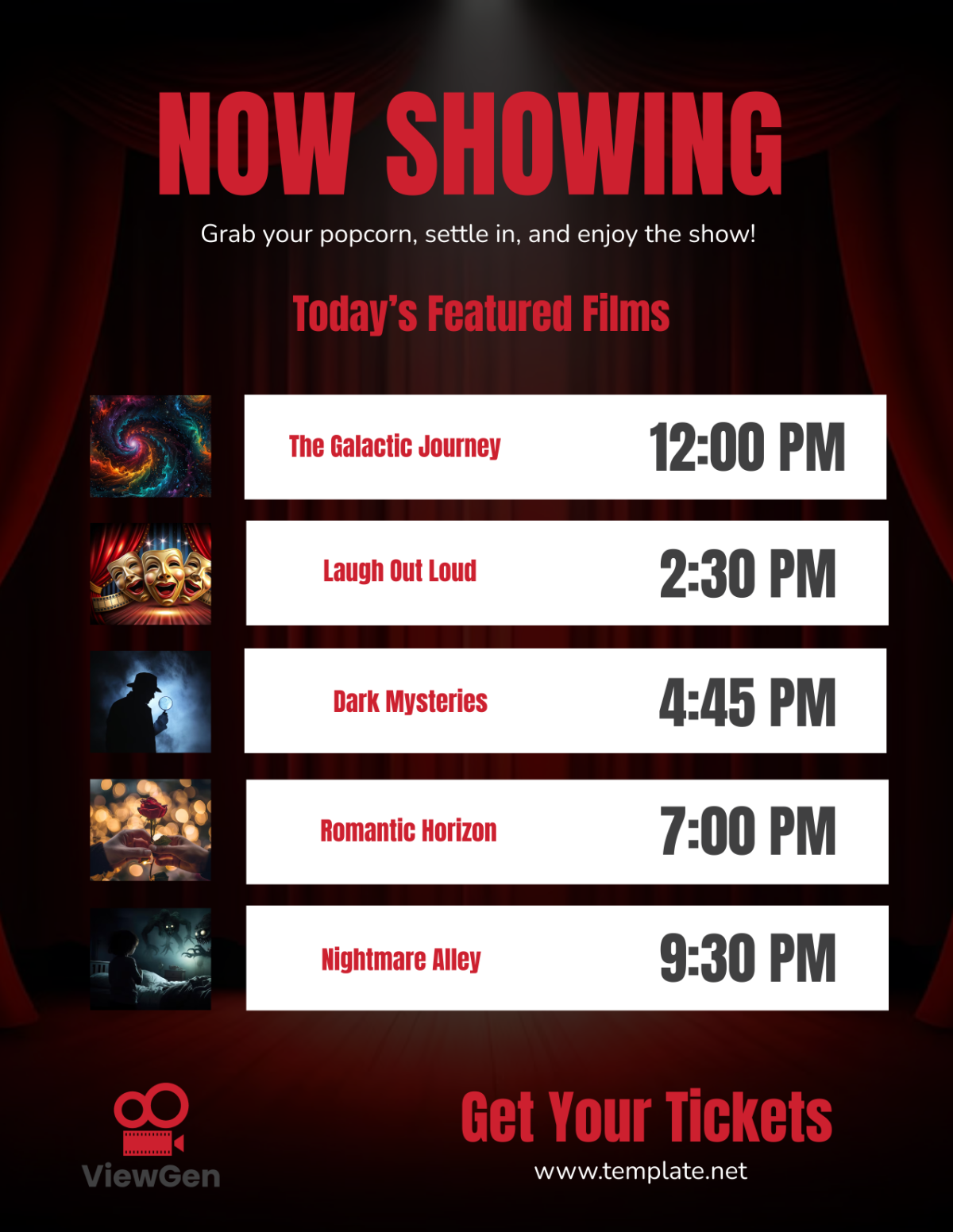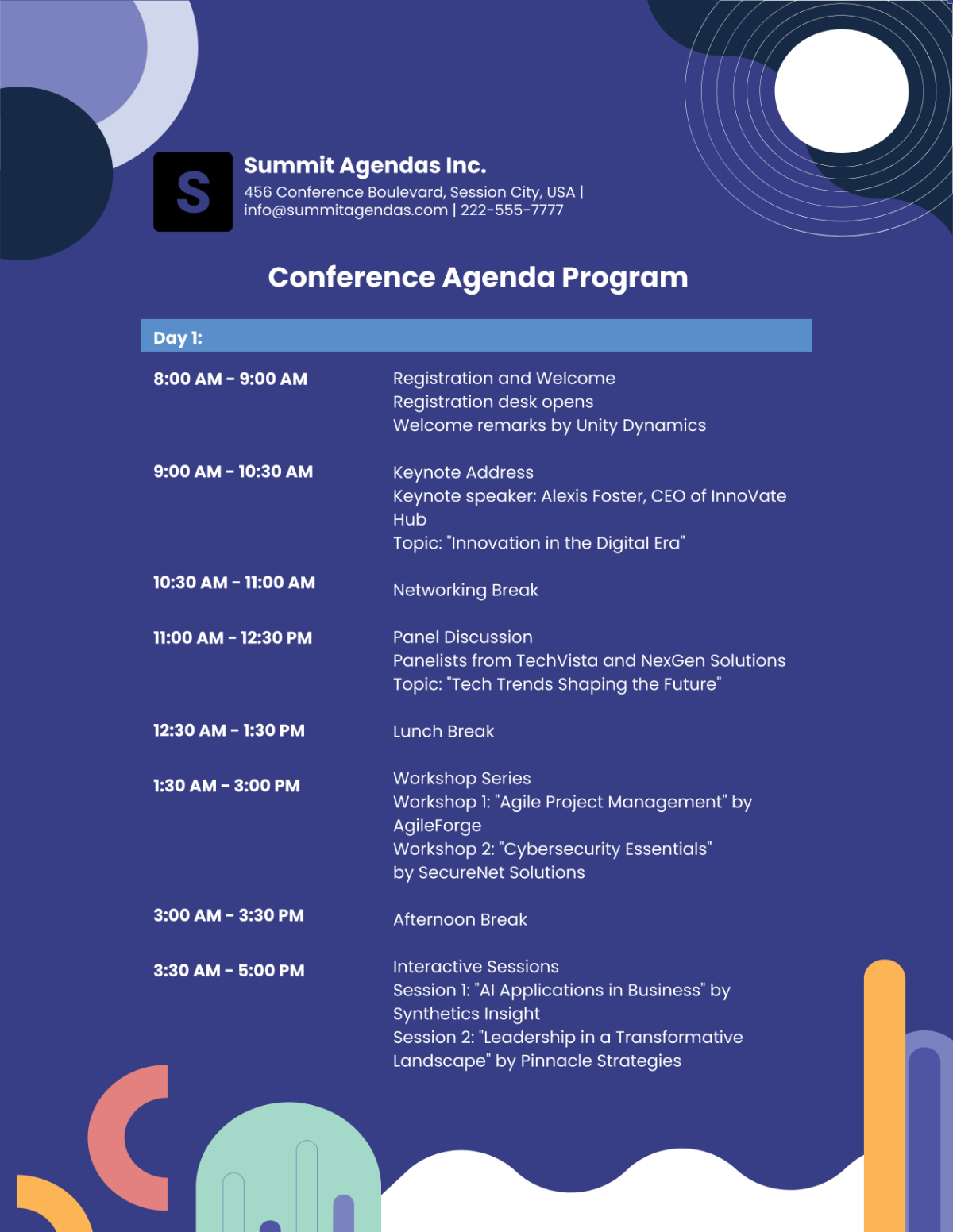Influencer Program Management Advertising Guide
I. Introduction
This influencer program is a comprehensive resource designed to give [Your Company Name] a proper understanding of the influencer market. This guide outlines key principles and practical strategies to effectively plan, execute, and optimize advertising campaigns with influencers, empowering our brand to fully utilize the potential of influencer collaborations in their marketing endeavors.
II. Defining Your Influencer Campaign Goals
Before going through influencer marketing, it's essential to establish clear and measurable goals. Your objectives will serve as the foundation for your campaign strategy and the basis for tracking key performance indicators (KPIs).
Campaign Goals
Brand Awareness: Increase brand visibility and recognition within your target audience.
Product Promotion: Drive sales, downloads, or other specific actions related to your products or services.
Engagement: Encourage likes, comments, shares, and meaningful interactions with your brand.
Lead Generation: Capture potential customer information for future marketing efforts.
Website Traffic: Redirect followers to your website for further exploration.
III. Identifying the Right Influencers
Selecting the appropriate influencers is a crucial step in influencer program management. Consider various criteria to make informed choices:
Influencer Criteria
Criteria | Description |
Follower Size | Micro (1k-10k), Nano (10k-50k), Macro (50k-1M), Mega (1M+) |
Niche Relevance | Alignment with your brand and target audience |
Engagement Rate | High-quality interactions with followers |
Authenticity | Genuine and transparent online presence |
Geographic Location | Relevance to your target market |
Previous Collaborations | Past partnerships and performance with other brands |
IV. Campaign Planning and Execution
Once you've identified the right influencers, it's time to plan and execute your campaign effectively. This involves several key steps:
Campaign Planning Steps
Campaign Brief: Create a comprehensive campaign brief outlining objectives, messaging, and deliverables.
Content Calendar: Collaborate with influencers to schedule content aligned with your brand's strategy.
Budget Allocation: Determine the budget for influencer compensation, content creation, and promotion.
Tracking Links: Utilize tracking links (UTM parameters or affiliate links) to measure campaign performance.
V. Content Collaboration and Guidelines
Effective collaboration with influencers is crucial to maintaining brand consistency and authenticity:
Content Guidelines | Description |
Brand Messaging | Provide key messages and tone of voice for consistency |
Visual Aesthetics | Define brand colors, logos, and style for visual cohesion |
Hashtags and Mentions | Specify specific hashtags, mentions, and links to include |
Disclosures | Ensure clear FTC disclosures for sponsored content |
Review and Approval | Establish an approval process for influencer-generated content |
Measuring and Analyzing Campaign Performance
Assessing campaign performance is essential for data-driven decision-making and future optimization. Key performance indicators (KPIs) to track include:
Key Performance Indicators (KPIs)
KPI | Description |
Reach and Impressions | The number of people exposed to the campaign |
Engagement Rate | The rate of interaction (likes, comments, shares) |
Click-Through Rate (CTR) | The percentage of followers who clicked on your links |
Conversion Rate | The rate at which clicks turned into desired actions |
Return on Investment (ROI) | Calculating the revenue generated per campaign spend |
Sentiment Analysis | Analyzing public perception and sentiment towards the campaign |
VI. Influencer Compensation and Contracts
Fair compensation and clear contracts are essential for successful influencer partnerships. This section covers important aspects:
Compensation and Contract
Compensation Structure: Specify payment methods (flat fee, affiliate commission, product gifting).
Delivery Schedule: Define payment or product delivery schedules.
Content Ownership: Determine content ownership and usage rights.
Termination Clause: Include conditions for terminating the partnership.
VII. Legal and Compliance Considerations
Compliance with legal regulations and ethical standards is vital. Ensure your campaigns adhere to the following considerations:
Legal and Compliance
FTC Guidelines: Familiarize yourself and influencers with FTC guidelines on disclosures.
Data Privacy: Protect personal data and ensure compliance with data privacy laws.
Copyright: Respect copyright laws and secure necessary permissions for content usage.
VIII. Campaign Maintenance and Optimization
Campaign optimization is an ongoing process. To maximize results, consider the following strategies:
Campaign Maintenance and Optimization
Feedback Loop: Gather feedback from influencers to improve future campaigns.
Audience Insights: Analyze audience demographics and preferences.
A/B Testing: Experiment with different content approaches for better results.
Scaling: Expand or replicate successful campaigns for broader impact.
IX. Case Studies
To truly grasp the power of influencer marketing, let's delve into real-world case studies that highlight successful campaigns. By examining these examples, you can glean valuable insights and learn from the strategies and tactics employed by brands across various industries.
Case Study 1: [Daniel Wellington]'s Instagram Success
[Daniel Wellington], a watch brand, leveraged influencer marketing to skyrocket its growth. They collaborated with micro-influencers and used a unique discount code strategy.
Key Takeaways:
Micro-influencers with a dedicated following can generate significant engagement.
Use personalized discount codes to track influencer-driven sales.
Repost user-generated content (UGC) to foster a sense of community.
Case Study 2: [Glossier]'s Authenticity Approach
[Glossier] built a cult following by emphasizing authenticity in influencer partnerships. They encouraged customers to share their unfiltered experiences.
Key Takeaways:
Authenticity and genuine reviews can resonate strongly with audiences.
Encourage UGC to build a loyal community around your brand.
Trust in your product and influencers' voices is paramount.
Case Study 3: [Nike]'s Empowerment Campaign
[Nike]'s campaign featuring Colin Kaepernick created waves. They tapped into social and political issues to connect with their audience.
Key Takeaways:
Bold campaigns that align with societal values can be incredibly impactful.
Choose influencers who embody the message you want to convey.
Be prepared for potential controversy and backlash but stand firm in your brand's values.
X. Emerging Trends in Influencer Marketing
As influencer marketing continues to evolve, staying ahead of emerging trends is essential for maintaining relevance and effectiveness. Let's explore some of the exciting developments in the influencer marketing industry:
Trend 1: Live Streaming Collaborations
Live streaming has gained immense popularity, especially on platforms like Instagram Live, Facebook Live, and Twitch. Brands are increasingly partnering with influencers for live product launches, Q&A sessions, and behind-the-scenes content to engage with audiences in real-time.
Trend 2: Virtual Influencers
Virtual influencers, powered by CGI and AI, are gaining traction. These digital personas offer complete creative control and can be particularly useful for brands looking to maintain consistency and creativity in their campaigns.
Trend 3: Sustainability and Social Responsibility
Consumers are becoming more conscious of brands' environmental and social impact. Influencers who align with sustainable and socially responsible causes are attracting attention.
Trend 4: Performance Analytics and AI
The use of AI-driven analytics tools is on the rise. These tools help identify the most effective influencers, predict campaign outcomes, and provide real-time insights. They enable data-driven decision-making for optimizing campaigns.
Trend 5: Long-term Partnerships
Brands are shifting towards building long-term relationships with influencers rather than one-off collaborations. This allows for deeper brand integration and greater trust between influencers and their audiences.
XI. Influencer Program Tools and Platforms
Efficient influencer program management often relies on the right tools and platforms. Let's explore some of the essential resources available to streamline your influencer marketing efforts:
Tool 1: Influencer Discovery Platforms
Platforms like AspireIQ, Upfluence, and Traackr help you identify and connect with suitable influencers based on your campaign objectives and target audience.
Tool 2: Campaign Management Software
Tools like CreatorIQ and Julius streamline campaign planning, content collaboration, and tracking, making it easier to manage influencer relationships.
Tool 3: Analytics and Reporting Tools
Influencer analytics tools like Socialbakers and Sprout Social offer in-depth insights into campaign performance, audience demographics, and engagement metrics.
Tool 4: Performance Prediction Tools
AI-driven platforms such as Influencity and Heepsy can predict the success of influencer campaigns and suggest optimal influencers based on historical data.
Tool 5: Content Approval and Workflow Tools
Platforms like Influsoft and Asana facilitate content approval workflows, ensuring brand alignment and compliance with guidelines.
Tool 6: Legal and Compliance Software
Tools like LegalSifter assist in reviewing influencer contracts and ensuring compliance with legal and regulatory requirements.
Incorporating these tools and staying updated on emerging trends and best practices can help you navigate the dynamic world of influencer marketing successfully, ensuring your campaigns remain effective and relevant.
XII. Conclusion
Effective influencer program management involves a comprehensive approach that encompasses goal setting, influencer selection, strategic planning, content collaboration, performance analysis, legal compliance, ongoing optimization, staying updated on industry trends, and leveraging the right tools and platforms. This guide equips you with the knowledge and tools to create influential and memorable campaigns that resonate with your target audience and elevate your brand's presence in the dynamic world of influencer marketing.

















































